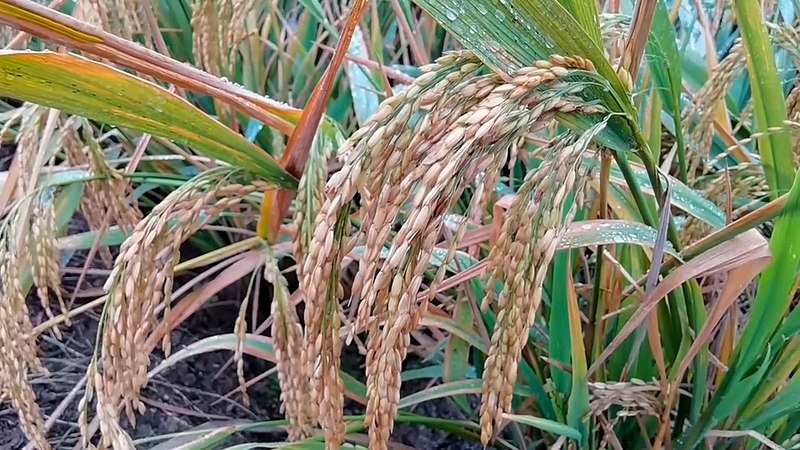


We deal with Agrochemicals which are used in agriculture, including chemical fertilizers, herbicides, and insecticides.
HFungicides are pesticides that kill or prevent the growth of fungi and their spores. They can be used to control fungi that damage plants, including rusts, mildews and blights. They might also be used to control mold and mildew in other settings.

Herbicides are chemical agents used for killing or inhibiting the growth of unwanted plants, such as residential or agricultural weeds and invasive species. A great advantage of chemical herbicides over mechanical weed control is the ease of application, which often saves on the cost of labour.

Insecticides are pesticides that are formulated to kill, harm, repel or mitigate one or more species of insect.
Practicing Integrated Pest Management can significantly reduce the amount of insecticides needed to control many insect problems.

Using more than one insecticide product in the same location can increase or decrease each one's effectiveness. It may also result in a greater risk to health and/or the environment.
Broad-spectrum insecticides are effective against all insects, even the good ones. Other insecticides target certain insects. Using a targeted insecticide minimizes the risk to beneficial or non-target insects.
Some insecticides work immediately to kill insects while others may need some time to take effect.

Wheat cultivation in India has traditionally been dominated by the northern region of India. The northern states of Punjab and Haryana Plains in India have been prolific wheat producers.
The main varieties of wheat grown in India are as follows VL-832,VL-804, HS-365, HS-240 , HD2687,WH-147, WH-542, PBW-343, WH-896(d), PDW-233(d), UP-2338, PBW-502, Shresth (HD 2687), Aditya (HD 2781), HW-2044, HW-1085, NP-200(di), HW-741.
Some major wheat diseases are rusts, smut, tan spot, spot blotch, fusarium head blight, common root rot, septoria blotch, powdery mildew, blast, and several viral, nematode, and bacterial diseases. These diseases badly impact the yield and cause mortality of the plants.

Rice is one of the chief grains of India. Moreover, this country has the largest area under rice cultivation. As it is one of the principal food crops. It is, in fact, the dominant crop of the country. India is one of the leading producers of this crop.
Insect pests attack all portions of the rice plant and all stages of plant growth. Feeding guilds consist of the (1) root feeders, (2) stem borers, (3) leafhoppers and planthoppers, (4) defoliators, and (5) grain sucking insects. Insects also attack rice grains in storage.
Some major wheat diseases are Rice Blast or Blast of Rice, Sheath Rot Of Rice, Bacterial Leaf Blight Of Rice, Rice Brown Spot, False Smut Of Rice, Sheath Blight Of Rice, Tungro Disease Of Rice, Foot rot / Bakanae / Foolish Seedling Disease, Stem Rot Of Rice.

Cotton is one of the most important fibre and cash crop in India. It is vulnerable to infections by pathogens like fungi, bacteria and viruses. All parts of the plants are infected and crop losses are common in the crop. Cotton diseases can significantly reduce crop yield and cotton quality leading to reduced profits for farmers.
The severity of yield loss depends on the type of disease, the timing of infection, and the environmental conditions. The estimated average yield loss due to cotton diseases in India ranges from 10% to 15%. However, in severe outbreaks, yield losses can be as high as 50% or more
Some of the common cotton diseases are Fusarium wilt, Verticillium wilt, Root rot, Anthracnose, Alternaria leaf blight and Bacterial blight.

India is not major producing potato state, yet there are several potato production area. Potatoes like many vegetables crops, complete with weeds for moisture, sunlight and nutrients, and are attacked by wide variety of diseases and insects. Most commercial potato growers rely largely on herbicides, fungicides and insecticides to control the pests

Sugarcane is a long duration crop of 10-12 months and therefore is liable to be attacked by a number of insect pests. According to an estimate, sugarcane production declines by 20-25% by insect pests. Sugarcane is infested by about more than 200 insects of which nearly one dozen causes heavy losses to the quality as well as quantity of the crop.
India is one of the principal sugarcane producing countries of the world and has largest area under sugarcane cultivation. Many insect pests damage the crop throughout the season from germination to harvest. The losses in sugarcane from insect attack affect both yield and sugar recovery.

Maize is the third most important cereal crop in India after rice and wheat. It accounts for around 10 percent of total food grain production in the country. In India, maize is principally grown in two seasons, rainy (kharif) and winter (rabi). Kharif maize represents around 83% of maize area in India, while rabi maize correspond to 17% maize area.
There are four major pests of maize prevalent in India. These are spotted stem borer [Chilo partellus (Swinhoe)], pink stem borer [Sesamia inferens Walker], shoot fly [Atherigona spp.] and fall armyworm [Spodoptera frugiperda (J. E. Smith)]